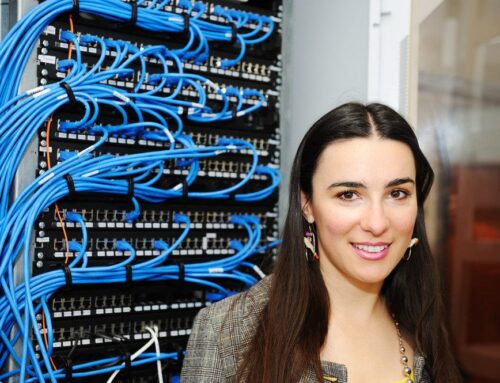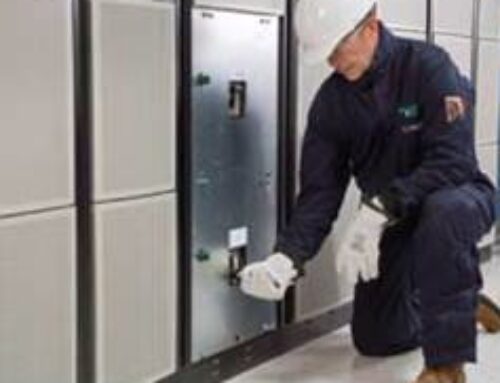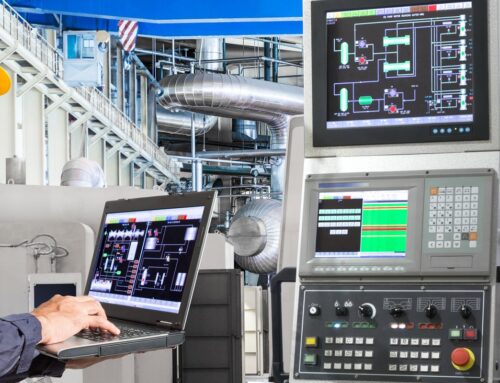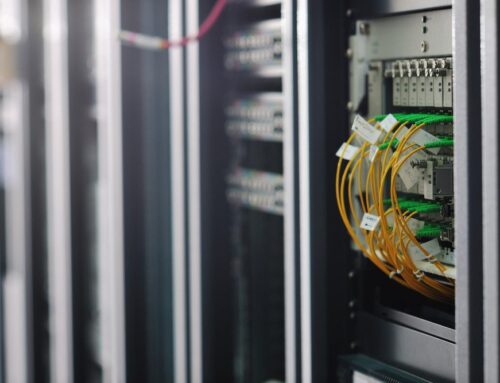Edge data centers differ from the data centers of days past by being smaller and closely located to their customers. They are found close to the edge of a network, hence the name. End-users receive both cached content and cloud computing resources from Edge centers. The equipment used in Edge centers doesn’t differ greatly from traditional data centers, but the difference is found in the many benefits of being closer to end-users. But what are these benefits, and are they really worth making the switch from large-scale data centers?
Lower Costs
One pro of being located closer to customers is lowered costs. Edge applications serve to better a company’s data collection and processing needs as well as reducing monthly recurring costs of long-haul transport of data to a regionally located main data center. Edge centers are also often cheaper to run than larger-scale centers because data center installation and data center maintenance costs less when the facility is smaller. Typical office spaces can be easily renovated to house server racks. This comes with a lower price tag than building a larger center from the ground up.
Numerous Uses
Another great thing about Edge centers is that they can have multiple functions. An Edge center could be an analysis center, a processing center, or a part of a larger network. They are placed wherever their need is greatest, and all types of users reap the rewards that come with this. In an Edge computing structure, important data can be processed for Internet of Things (IoT) devices. Smart technology such as self-driving cars, security systems, and VR headsets all receive time-sensitive data from closely-located Edge centers to ensure peak performance.
Less Latency
Latency is a primary reason many are directing their business to Edge data centers. With less distance to travel, data from Edge centers arrives at its destination in a notably short time frame. Users require data to be transferred almost instantaneously. This is especially so for IoT devices, some of which rely on this data to protect human lives. They need real-time information to operate accurately and swiftly.
Large data centers no longer make up the majority. According to Energy.gov, these larger centers, owned by major cloud providers as well as national supercomputer centers, make up less than 10% of the server market. More and more we are seeing people turn to alternative options, such as Edge data centers, and with the above-listed benefits, it’s easy to see why. To hear more about Edge data centers, or to learn about anything from data center supplies to data center cooling, contact LDP Associates.






